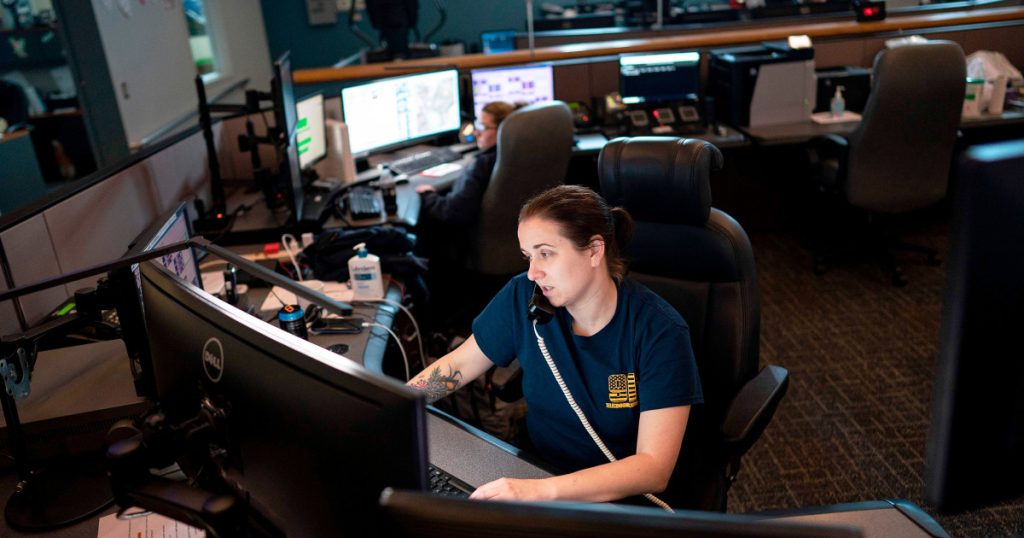The recent 911 outage that occurred in Nevada, South Dakota, and Nebraska due to a third-party company installing a light pole highlighted the urgent need for increased modernization and regulation of the emergency system, according to experts in telecommunications and public safety. The outage left millions without access to emergency services for about 2½ hours, prompting concerns about the system’s reliability. The Federal Communications Commission (FCC) is investigating the incident to determine the cause and impact of the outage. This incident emphasized the importance of ensuring that 911 systems are equipped to withstand disasters and cyberattacks.
The 911 system, which was established in 1968, was created to provide an easy way for people to dial emergency services without needing to remember or find local numbers. However, the system is not unified and varies across over 6,000 jurisdictions in the United States. This decentralized nature can lead to vulnerabilities, as seen in the recent multi-state outage caused by a single light pole issue. The reliance on private companies to run 911 systems also contributes to the risk of outages affecting multiple states even if the problem originates far away.
Experts like Harold Feld emphasize the need for increased regulation, particularly at the state level, to prevent similar outages in the future. They advocate for the implementation of standards and rules that ensure backups and redundancy within the 911 system to avoid widespread disruptions. Rear Adm. David Simpson highlights the importance of circuit diversity, remote monitoring, backup power, and equipment updates to maintain the reliability of 911 services. The failure to pass legislation aimed at transitioning to a Next Generation 911 system with common capabilities across the nation further underscores the need for modernization.
Another key issue identified by experts is the lack of resilient backups within the current 911 system, which increases the risk of extended outages. Multiple levels of redundancy, such as path diversity, multiple telecommunications carriers, and updated equipment, are necessary to prevent the entire system from going offline in the event of a failure. Modernization efforts should focus on building systems that can withstand various challenges and failures without compromising critical services.
Brian Fontes, CEO of NENA The 9-1-1 Association, stresses the importance of thoroughly investigating outages like the recent incident to understand the root cause and implement necessary changes to prevent future disruptions. The call for increased funding from Congress for the deployment of Next Generation 911 systems is crucial to enhancing the resilience of state and community emergency services. By investing in modernization and regulation, the goal is to create a more robust and reliable 911 system that can better serve and protect the public in times of need.
In conclusion, the recent 911 outage underscores the urgent need for modernization and regulation of the emergency system to prevent widespread disruptions and ensure access to critical services during emergencies. The incident revealed vulnerabilities in the current system, such as the lack of backups and circuit diversity, highlighting the importance of investing in resilient infrastructure and common capabilities across the nation. By addressing these issues, policymakers, regulators, and service providers can work towards creating a more reliable and efficient 911 system that can withstand various challenges and safeguard public safety.


